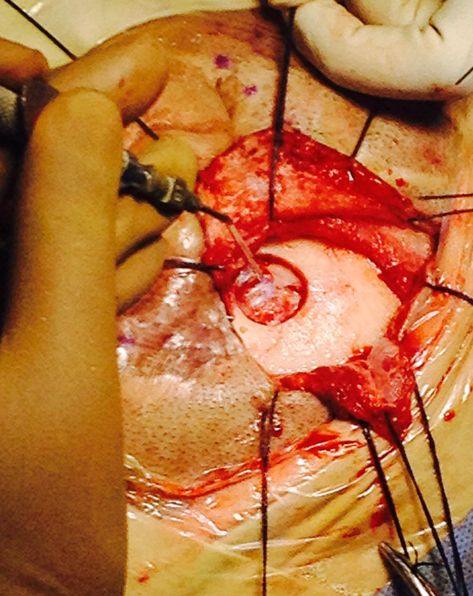

The ability to communicate is one of the most valuable gifts. The better you can do that, the easier you connect to the world. However, not everyone can experience this joy in life. Yes, people with hearing loss don’t get to enjoy social interaction. This is where early detection and treatment of hearing loss comes in. We at Evara Hospital aim to provide you with the best course of action through cochlear implant surgery in Ahmedabad.
Being the best cochlear implant doctor in Ahmedabad, Dr. Neeraj Suri has been helping patients with hearing loss. Having over 20 years, we aim to identify your hearing loss and provide the best course of action. We aim to enhance your lifestyle by making hearing easier for you.
We specialise in the best cochlear implant surgery In Ahedabad and provide the safest procedure. We thoroughly understand cochlear implants and have helped thousands of patients over the years. We offer implantation for all varieties of cochlear implants to help people with hearing impairments. We aim to help you recover with the minimum and best treatment.
A cochlear implant consists of two main parts:
External Component:
Internal Component (Implanted Surgically):
The cochlear implantation process typically involves several steps:
Pre-Surgical Evaluation:
Surgical Procedure:
Post-Surgical Recovery:
Worried if cochlear implant surgery in Ahmedabad is the right treatment for you? Despite being a popular and safe procedure, this surgery may not be the right option for everyone. At Evara Hospital, we understand everyone has unique needs. Instead of rushing, we make sure patients don’t have to go through the hassle to get treated.
As the best doctor for a cochlear implant in Ahmedabad, Dr Suri will diagnose you thoroughly. Once assessed, we then decide if you require this treatment based on your reports. Based on your complexity, we use specialised equipment and implement methods for further procedures.
As the best cochlear implant doctor in Ahmedabad, we at Evara Hospital offer a thorough assessment and treatment. At your first appointment, Dr. Suri listens to you and thoroughly assesses your problem. We then make evidence-based recommendations and based on your issues carry on the procedure.
All hearing evaluation is done thoroughly and the surgery is done following all precautions. We offer pain-free surgery and keep ourselves updated with the latest technologies and cutting-edge methods. Offering the best cochlear implant surgery In Ahmedabad, we also keep our patients updated with their results and progress.
From the very first fitting and device programming to ongoing device maintenance, we offer our patients the best service. As the best cochlear implant surgeon in Ahmedabad, Dr. Suri is committed to offering long-term care to people requiring cochlear implants. Apart from that, we also cater to the world through a strong and trusted customer relationship bond.
We have been providing care for so many years and our only goal is to keep you and your loved ones in touch. Using top-notch, calibrated healthcare instruments, we ensure you don’t have to face any issues. To learn more about our services of cochlear treatment in Ahmedabad, contact us and book your appointment.
With a strong foundation of integrity and sincerity, we adopt a transparent, inclusive
and flexible approach, even as we nourish our spirit of continuous learning that enables us to enrich and enhance our service delivery to careseekers.
To adhere to courtesy, compassion and commitment and integrate cutting-edge ENT medical care for the greater good of humanity.
To contribute to build a healthier community, nation and world by facilitating premier ENT healthcare that is accessible to all.
Always prepared to go the extra mile, and offer nothing less than the best to each of our patients; we strive to reach excellence by surpassing patrons expectations while adding value to each of our services

Choosing us means partnering with experienced coaches who are dedicated to unlocking your potential.
Maximizing growth through strategic profit enhancement.
Over a decade of proven industry expertise for your business.
Delivering tailored solutions to meet your business needs.
Leading the way with unmatched industry expertise.
We understand that no two clients are the same. That’s why we create personalized coaching plans designed to address your specific challenges and goals. Whether you’re focusing on personal growth or business development, our tailored approach ensures you get the exact guidance you need to succeed.


Copyright © 2025. All Rights Reserved.
Our backyard has been completely transformed! The team was professional, attentive, and delivered beyond our expectations. the quality of work is outstanding.
Annette Black Sr. Gardener